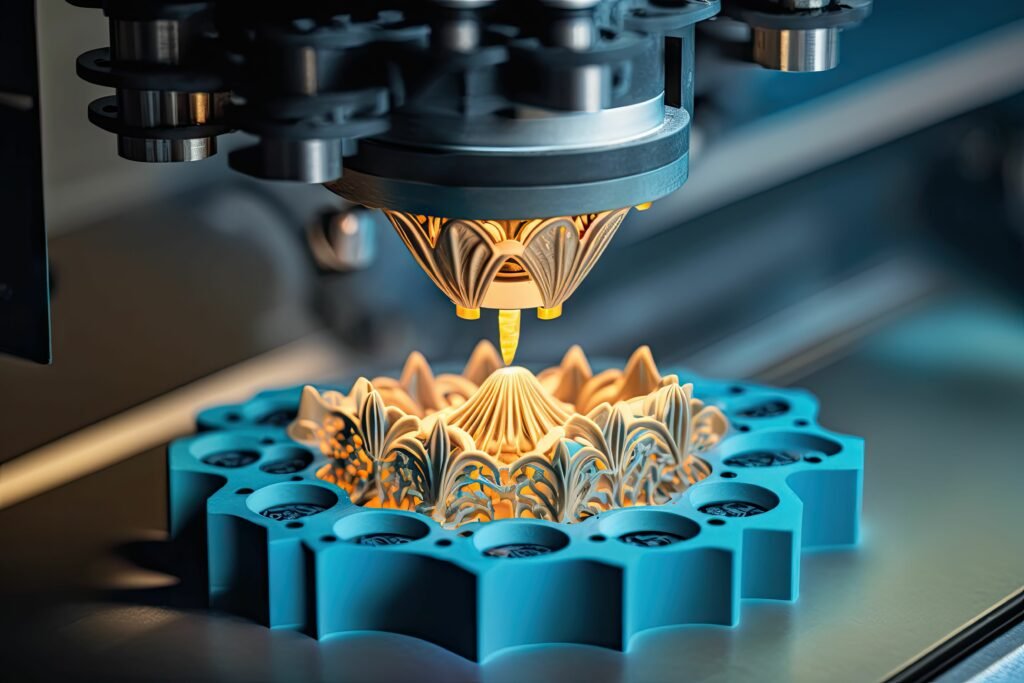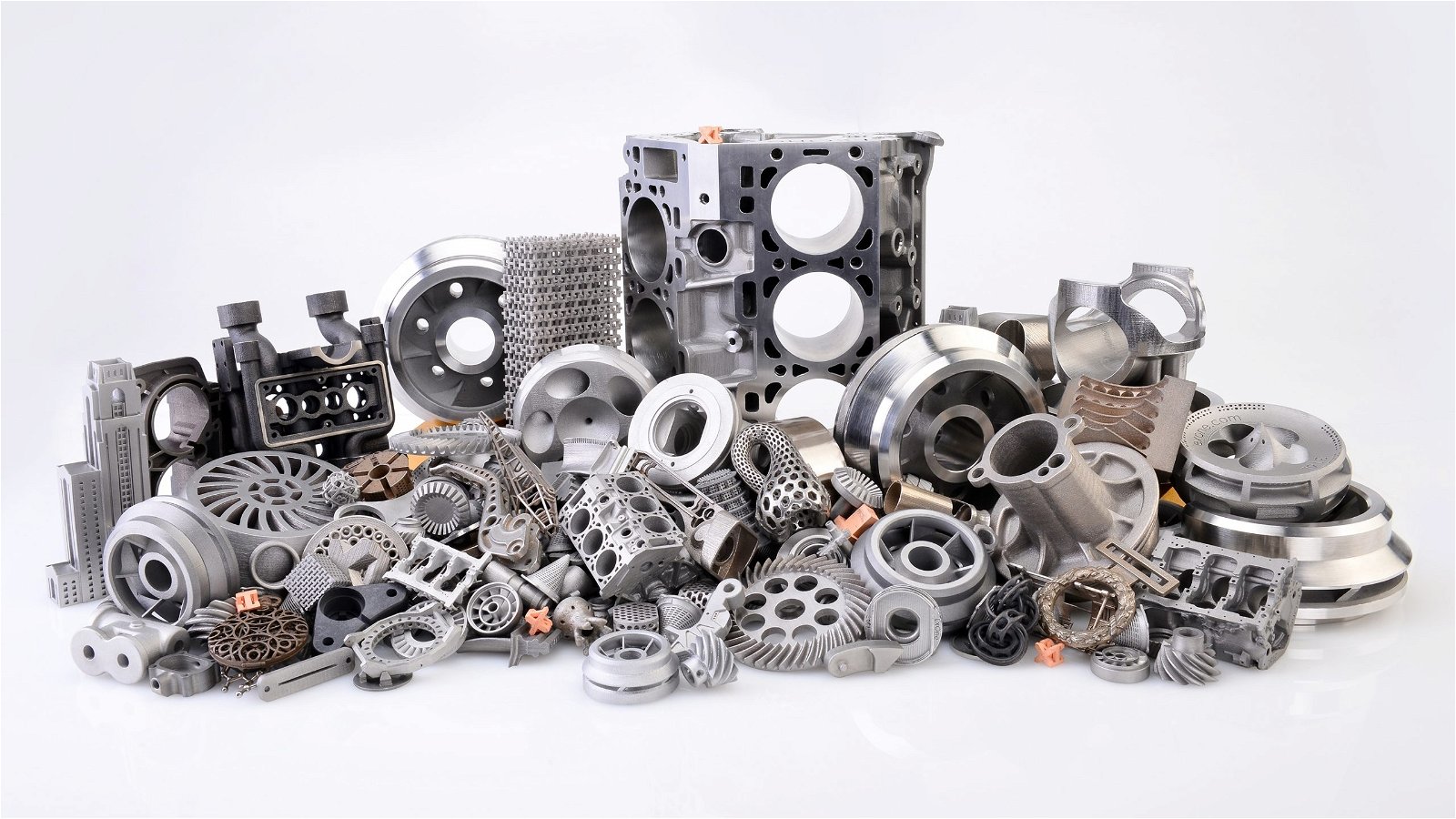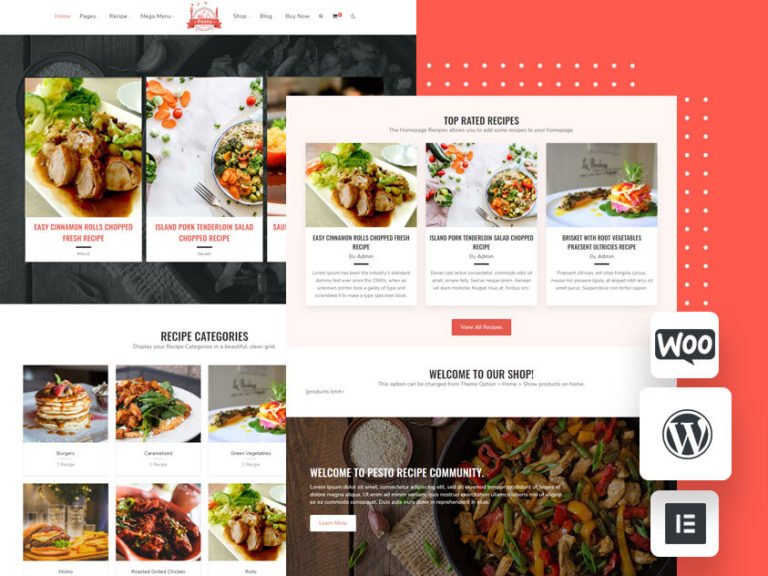Meaning of Custom 3D Printing
Custom 3D printing refers to the process of utilizing additive manufacturing techniques to create three-dimensional objects that are specifically tailored to individual requirements or specifications. It involves the production of objects based on unique designs or personalized parameters, allowing for a high degree of customization and flexibility. Custom 3D printing finds applications in various industries, including product development, manufacturing, architecture, healthcare, fashion, and more. It offers advantages such as design flexibility, rapid prototyping, the ability to create complex geometries, and the ability to produce objects with unique properties or personalized features.
Custom 3D printing finds applications in various industries, including product development, manufacturing, architecture, healthcare, fashion, and more. It offers advantages such as design flexibility, rapid prototyping, the ability to create complex geometries, and the ability to produce objects with unique properties or personalized features.
Also Read: Harnessing the Impact of High-Quality Design for Your Brand
What are Custom 3D Printing Services?

Custom 3D printing services involve the creation of three-dimensional objects based on digital designs. These services utilize additive manufacturing techniques to build objects layer by layer using various materials, such as plastics, metals, ceramics, and composites.
Steps involved in a typical custom 3D printing service:
1. Design: The first step is to create or obtain a digital 3D model of the object you want to print. This can be done using computer-aided design (CAD) software or by downloading existing designs from online repositories.
2. Material Selection: Choose the appropriate material for your project based on its properties, such as strength, flexibility, heat resistance, or aesthetic qualities. Different materials have varying capabilities and limitations in terms of 3D printing.
3. Printing: Once the design and material selection is finalized, the 3D printing process begins. The printer reads the digital design file and adds layers of material to gradually build the object. The specific printing technology, such as fused deposition modeling (FDM), stereolithography (SLA), or selective laser sintering (SLS), depends on the chosen material and desired outcome.
4. Post-Processing: After printing, the object may require post-processing to improve its final appearance or functionality. This can include removing support structures, sanding, polishing, painting, or applying other finishing techniques.
5. Quality Control: Inspect the printed object to ensure it meets the desired specifications. This involves checking for dimensional accuracy, surface finish, structural integrity, and any other relevant factors.
Also Read: How to Print your Labels via the WooCommerce Dashboard
Features of custom 3D printing services:

Custom 3D printing services offer a range of features that make them versatile and adaptable to various needs.
Key features commonly found in custom 3D printing services:
1. Material Options: Custom 3D printing services provide a wide selection of materials, including plastics (such as PLA or ABS), metals (such as aluminum or titanium), ceramics, composites, and more. Each material has its unique properties, enabling the production of objects with different characteristics, such as strength, flexibility, heat resistance, or transparency.
2. Design Flexibility: With custom 3D printing, you have the freedom to design and create complex geometries and intricate details that may not be possible with traditional manufacturing methods. This allows for highly customized and personalized objects tailored to specific requirements.
3. Rapid Prototyping: Custom 3D printing is often used for rapid prototyping. It allows for quick iteration and refinement of designs, enabling faster product development cycles. Changes to the design can be easily implemented and printed, reducing the time and cost associated with traditional prototyping methods.
4. Scalability: Custom 3D printing services can accommodate both small-scale and large-scale production. Whether you need a single prototype or a batch of hundreds or thousands of identical objects, 3D printing can be adjusted to meet your production requirements.
5. Cost-Effectiveness: Custom 3D printing can be cost-effective for low-volume production or unique one-off items. It eliminates the need for expensive molds or tooling, which are typically required in traditional manufacturing processes. This makes it more accessible for small businesses, entrepreneurs, and individuals.
6. Customization and Personalization: 3D printing allows for high levels of customization and personalization. Objects can be tailored to individual preferences, such as personalized phone cases, custom jewelry, or bespoke architectural models. Custom text, logos, or unique designs can be easily incorporated into 3D-printed objects.
7. Diverse Applications: Custom 3D printing services find applications in various industries, including product design, engineering, healthcare, education, art, fashion, and more. It can be used for prototyping, manufacturing end-use parts, creating architectural models, producing medical implants, and even crafting intricate artistic sculptures.
8. Sustainability: 3D printing can offer sustainability benefits by minimizing material waste. It uses only the necessary amount of material for each object, reducing material consumption compared to traditional subtractive manufacturing processes. Additionally, it enables on-demand production, reducing inventory storage and transportation costs.
Also Read: Mastering 3D Modeling for Games – From Concept to Immersive Gameplay
How do we Sell Custom 3D Printing Services Online?
Selling custom 3D printing services online can be an effective way to reach a broader customer base and expand your business.
Steps to consider when setting up your online presence for selling custom 3D printing services:
1. Create a Website: Build a professional and user-friendly website that showcases your services, expertise, and examples of your 3D-printed work. Include detailed information about the materials you offer, the types of objects you can print, and any additional services you provide, such as design assistance or post-processing options.
2. Online Store: Set up an online store on your website to allow customers to easily browse and purchase your custom 3D printing services. Incorporate an intuitive ordering process that allows customers to upload their 3D design files, specify printing requirements, choose materials, and select any additional options.
3. Pricing Structure: Define a clear pricing structure for your custom 3D printing services. Consider factors such as material costs, printing time, the complexity of the design, and any additional services requested. Provide transparent pricing information on your website or offer a quote request form for customers with specific requirements.
4. Design Guidelines: Provide design guidelines and specifications to help customers prepare their 3D models for printing. Include information on preferred file formats, maximum printable dimensions, minimum wall thickness, and any design considerations to ensure successful prints. This helps customers understand the requirements and avoids potential issues.
5. Communication Channels: Set up communication channels to engage with potential customers. Include contact information such as email, phone number, or a contact form on your website. Respond promptly to inquiries and provide excellent customer service to build trust and establish strong relationships.
6. Online Marketing: Implement online marketing strategies to increase your visibility and attract customers. Utilize social media platforms, create engaging content related to 3D printing, and share examples of your work. Collaborate with influencers or industry experts to expand your reach. Additionally, consider running targeted online advertising campaigns to reach your target audience.
7. Partnerships and Collaborations: Explore partnerships or collaborations with other businesses or designers to expand your offerings or reach new customer segments. For example, collaborating with a jewelry designer can lead to custom 3D-printed jewelry lines.
8. Continuous Improvement: Regularly evaluate and improve your online presence, customer experience, and service offerings. Stay updated with the latest 3D printing technologies, materials, and industry trends to provide cutting-edge solutions to your customers.
Also Read: Unveiling the Secrets: How to Hide URLs in Print Page CSS WordPress
Why do we use Woo Sell Services Plugin to Sell Custom 3D Printing Services Online?
While Woo Sell Services is a popular plugin for e-commerce websites, it is primarily designed for service-based businesses that offer customized services rather than physical products. However, it may not be the most suitable plugin for selling custom 3D printing services online.
Here are a few reasons why:
1. Focus on Physical Products: Woo Sell Services plugin primarily provides a platform for service-based businesses to sell their services online. It is designed to handle the booking and delivery of services rather than selling physical products like 3D-printed objects.
2. Lack of Customization Options: The plugin may not have specific features tailored to the unique requirements of selling custom 3D printing services. It may lack options for uploading and processing 3D design files, selecting specific printing parameters, or providing design guidelines.
3. Complex Pricing Structures: Selling custom 3D printing services often involves complex pricing structures based on factors such as material type, object size, printing time, and design complexity. Woo Sell Services plugin may not offer the flexibility needed to set up and manage such pricing structures.
4. File Upload and Processing: Selling custom 3D printing services typically requires customers to upload their 3D design files for printing. The plugin may not have built-in features for managing file uploads, processing the designs, or providing feedback on design suitability.
5. Integration with 3D Printing Workflow: Custom 3D printing services involve various steps such as file preparation, material selection, printing, post-processing, and quality control. Woo Sell Services may not seamlessly integrate with these workflow processes, potentially requiring manual intervention or workarounds.
Conclusion
In conclusion, selling custom 3D printing services online can be a valuable opportunity for businesses to reach a wider customer base and offer unique, personalized products. While Woo Sell Services is a popular plugin for e-commerce websites, it may not be the most suitable option for selling custom 3D printing services due to its primary focus on service-based businesses and limitations in terms of customization, file management, pricing structures, and integration with the 3D printing workflow.
Interesting Reads:
How to Build a Multivendor Marketplace for On-Demand Printing Industry?







